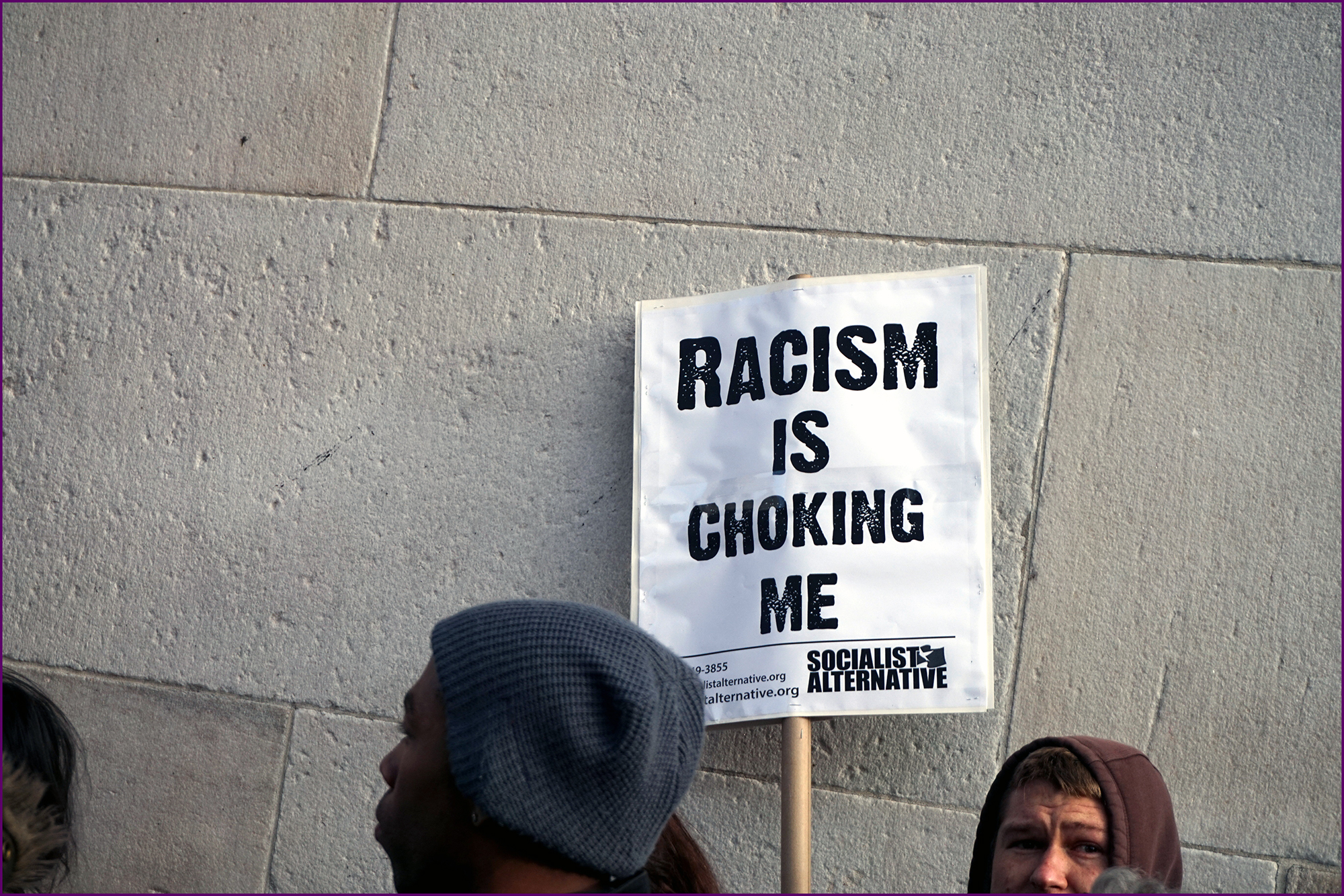Once, while riding in a van in the Dominican Republic, I was blindsided by an emotion that I quickly felt ashamed of.
I had been feeling that familiar anxiety experienced by anyone traveling abroad. I don’t speak Spanish, and the trip’s purpose — a new friend’s wedding at an all-inclusive resort — gave me little bearings on geography.
As the van’s young driver darted between scooters and horses along crumbling rural roads, I noticed my shoulders tighten as questions flooded my mind. What do I do if we crash? Why are there only men on the roads? Where are all the women? Why isn’t my cellphone working?
But then I spotted a familiar red, white, and blue. Among mahogany groves and sugar cane fields — which I later learned were being worked by extremely poor migrant workers from nearby Haiti — an Exxon gas station sat open for business.
And to my surprise, I wasn’t disgusted by the sight of an American oil and gas company in a developing country. No, I was somehow comforted. For as long as I could keep my eyes on the station, I felt safer and less adrift in a choppy sea on unknowns.
This is an example of the power behind the phrase “real but not true,” coined by Nepalese Tibetan Buddhist teacher Tsoknyi Rinpoche and popularized by insight meditation teacher Tara Brach.
The comfort I felt was not necessarily true. Capitalism is a violent and chaotic way of organizing society, particularly for poor and working class communities, and especially in developing countries. An Exxon in Punta Cana wouldn’t guarantee my safety any more than one in West Baltimore.
But it was real — to me. As we passed the station, my shoulders relaxed and my mind stopped worrying.
“Real but not true” gives us the space to both notice our thoughts and emotions and acknowledge that they might not correspond with reality. It’s an antidote to our habit, as human beings, of trying to escape the emotions we don’t want to feel. It diminishes our suffering, which is caused by our futile attempts at avoiding what actually is.
“When we are suffering, we are believing something that is not true,” Brach writes.
My worrying questions weren’t well-thought-out planning about what to do if things actually went wrong. They were my mind’s knee-jerk attempt to calm my panic, to put out the fire, so to speak. But all they did was add more fuel to the fire.
I couldn’t see that at the time, of course. When we feel threatened, we often react by imagining ourselves as separate from the living, breathing reality of the present moment. We become a character in our mind’s virtual reality. We get triggered into what’s called a “fight-flight-freeze” response. We feel claustrophobic, and our options seem limited.
Tsoknyi Rinpoche often tells a story about crossing an extremely high bridge in Malaysia that was made of glass. He was so wracked with fear that his body locked up and wouldn’t move. But then he realized that, though his fear was real — it was happening inside of him — it wasn’t true. Hundreds of people were crossing the bridge in front of him. He likely wasn’t going to die. But he still felt afraid — the thoughts and emotions he was experiencing were as real as the breeze on his skin.
“Not true means you’re not going to die,” he says. “But it’s really real that you feel it. So, I kindly sympathize with myself and be kind to myself: ‘I know you. You’ve got this symptom, but it’s not true. You will be okay. By really understanding your suffering [while acknowledging] it’s not true, you can make it. You can cross.’”
Meditation is a way to practice remembering this — that, most of the time, we do have options. It’s a training ground for “real but not true.” It gives us the space and time to relax into simply noticing our thoughts and emotions rather than trying to do something about them. It helps us recognize that the storylines that we attach to our emotions are just that, stories. But we also see that we can allow ourselves to accept that all of it — the thoughts, the sensations, the emotions — is real.
That isn’t to say we should never listen to what’s “real but not true” to protect ourselves. Having white skin in the Dominican Republic, a country forced by years of colonialism and imperialism to rely on a tourist economy, didn’t necessarily make me safer. Being “white” isn’t true. Race is socially constructed in our minds — it has no biological basis.
But racism is real. It has tangible impacts outside of our minds. Police in the U.S. disproportionately kill people of color. Trayvon Martin’s killer hasn’t been brought to justice for murdering an unarmed 17-year-old. It will take the average black family 228 years to accrue the same amount of wealth that the average white family has today.
So, we should be mindful about using “real but not true.” It’s a tool to help us sit with our often contradictory and jarring relationship with the present moment, and with our too often violent society. It’s a practice — less a map and more a compass for the next time we’re feeling lost in the unknown.
Ready to get serious about meditation?
Sign up for my weekly email on meditation and bringing mindfulness to work, relationships, and politics.
Listen to the podcast version with more content
My podcast, Meditation for the Masses, takes meditation out of faraway monasteries, expensive retreat centers, and corporate America, and brings it to the things that matter most to people who work for a living—work, relationships, and politics. It’s mindfulness for the hustle and the class struggle.
Podcast: Play in new window | Download
Subscribe: Apple Podcasts | RSS | More
